20 Painters Who Changed The History of Art
Painting occupies a very important and central place in Western art. We have listed 20 painters who left their mark on Western painting, including those who struggled with great financial difficulties and mental problems in their time and whose works are now sold for millions of dollars. As in every list, there are omissions in this list; there may be dissatisfaction in the order, sorry... Here are the 20 great painters who 'left their mark on the history of art':
1. PABLO PICASSO, SPAIN, (1881-1973)

Picasso is one of the most influential figures not only in the field of painting but in the entire history of art. His works had a revolutionary effect. He is the most prominent representative of the Cubism movement. Apart from painting, he also worked in sculpture, ceramics and printing.
2. LEONARDO DA VINCI,ITALY, (1452-1519)

Da Vinci, one of the greatest geniuses in the history of the world, showed his multifaceted personality with his works in the field of painting. His most famous works are undoubtedly 'Mona Lisa' and 'The Last Supper', but Da Vinci was much more than that...
3. REMBRANDT VAN RIJN, NETHERLANDS, (1606-1669)

The great Dutch master Rembrandt is known for his success in using light and shadows in painting. He is one of the main figures of 17th century European painting. He is also one of the most important self-portrait painters of all time.
4. VINCENT VAN GOGH, NETHERLANDS, (1853-1890)
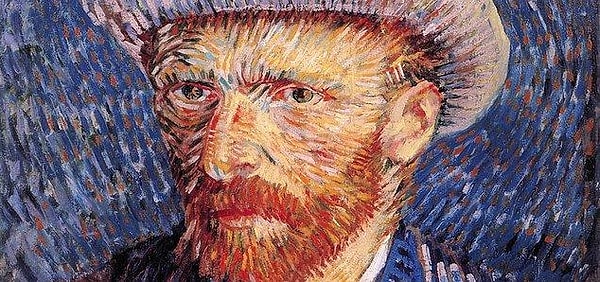
Van Gogh is one of the world's best-known and most expensive painters today, despite having suffered great material and moral difficulties during his lifetime. After an argument with his close friend Gauguin, Van Gogh cut off his ear, was hospitalized in a mental institution, and two years later ended his life by committing suicide. Initially working in dark and gloomy colors, Van Gogh later began to use vibrant colors, especially yellow. Some attribute his fondness for the color yellow to his mental and physical ailments. He significantly influenced 20th century art.
5. DIEGO VELÁZQUEZ, SPAIN, (1599-1660)
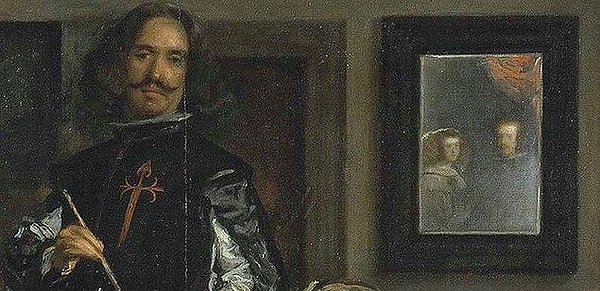
The Spanish painter, one of the peaks of 17th century Baroque painting along with Rembrandt, was an innovative artist who pioneered 'atmosphere painting' two centuries before the impressionists. He especially painted the palace and many nobles around the palace.
6. PAUL CÉZANNE, FRANCE, (1839-1906)
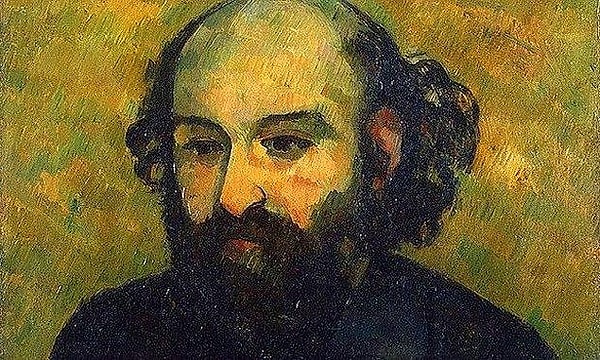
'Cézanne is the father of us all.' Although it is not known whether Picasso or Matisse said this quote, Cézanne opened the door to Cubism and influenced many painters who came after him by creating an original form of painting.
7. WASSILY KANDINSKY, RUSSIA (1866-1944)
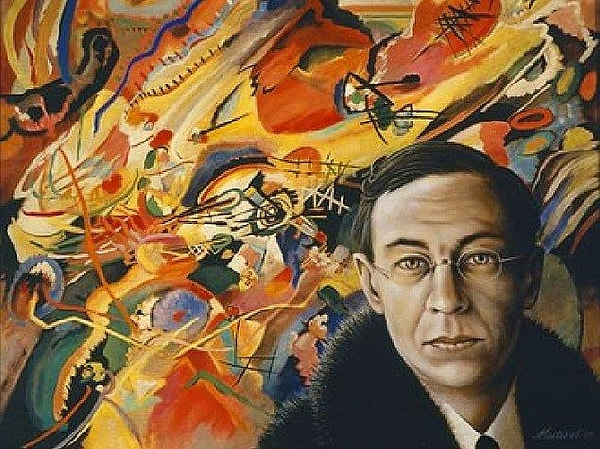
Kandinsky, the 'father of abstract art', was not only a very successful painter, but also an artist and theorist who transformed the concept of 'art' itself.
8. MICHELANGELO, ITALY, (1475-1564)
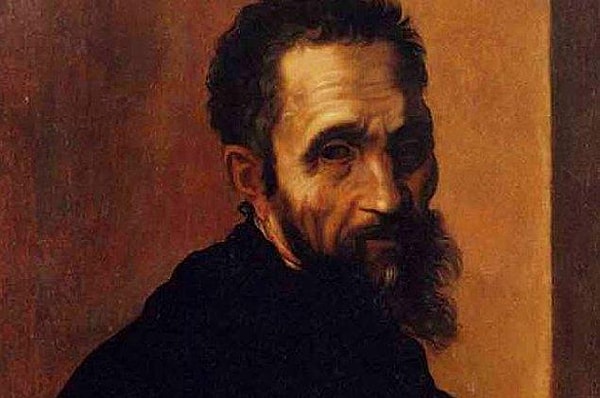
Some readers may be surprised that Michelangelo is ranked 8th, although he is one of the two or three most important names in the entire history of art, the artist owes his main fame to his works as a sculptor. Yet his frescoes in the Sistine Chapel also show his mastery of painting.
9. SALVADOR DALÍ, SPAIN, (1904-1989)

Dalí, one of the most popular artists of the 20th century with his 'mad-genius' image, became the best-known representative of the Surrealism movement. In addition to painting, he was also interested in sculpture, photography and cinema and produced works.
10. CLAUDE MONET, FRANCE (1840-1926)

Some people overlook Monet's contributions to art history, but his mastery in showing the effects of sunlight on objects has played a significant role in the development of 20th century painting.
11. RAFFAELLO, ITALY, (1483-1520)
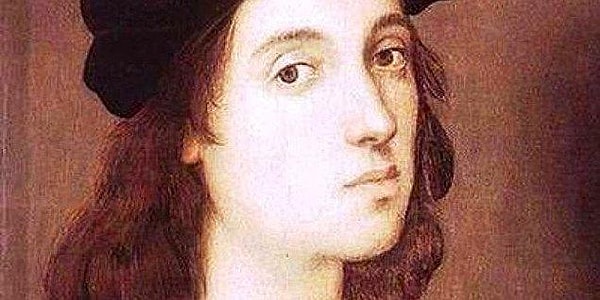
The famous Italian master of the Renaissance period, known as Raffaello or Raphael, produced works in the field of architecture as well as painting. Raffaello was especially famous for his masterful use of colors.
12. CARAVAGGIO, ITALY, (1571-1610)

The Italian painter Caravaggio, who is considered the 'father of Baroque painting,' created unique paintings that were dark, gloomy, harsh, and violent and were not properly valued during his time.
13. JAN VAN EYCK, NETHERLANDS, (1390-1441)

Flemish master Van Eyck is known for his understanding of depth and his refinement of the oil painting technique. He was appreciated for his mastery that surpassed his own age.
14. JOSEPH MALLORD WILLIAM TURNER, ENGLAND, (1775-1851)

William Turner, considered the greatest master of landscape painting in the history of Western art, gradually liberalized his style, which was initially considered academic.
15. ALBRECHT DÜRER, GERMANY, (1471-1528)
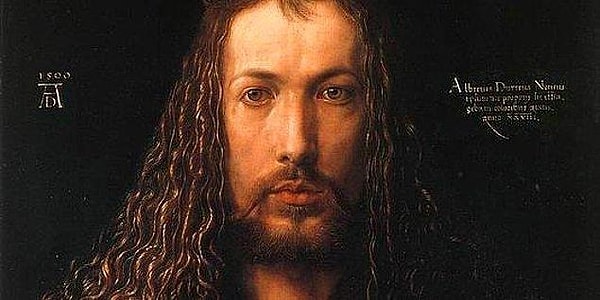
The restless and innovative genius Dürer, the 'Leonardo Da Vinci of the Northern European Renaissance', was a master of drawing and color. He was one of the first painters in Western painting to reflect nature, animals and plants as they are.
16. PAUL GAUGUIN, FRANCE, (1848-1903)
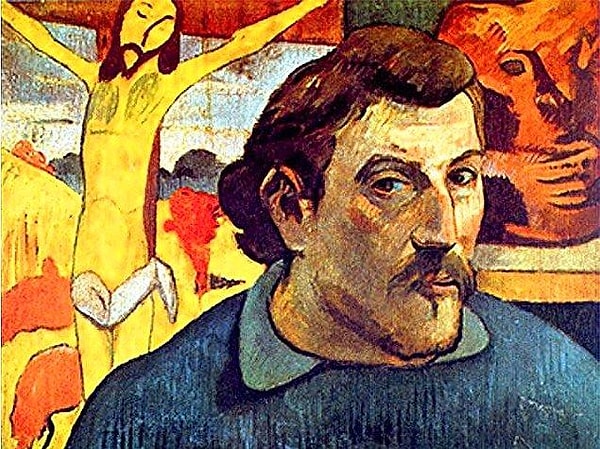
Gauguin, who was a close friend of Van Gogh for a while, is one of the most exciting figures of Western painting. Gauguin, who reflected the life of exotic countries in his art as a result of living in countries such as Panama and Tahiti, inspired many artists who came after him.
17. HENRI MATISSE, FRANCE, (1869-1954)

According to some art critics, Matisse is the greatest master of 20th century painting after Picasso. Although this interpretation is exaggerated according to some, it is a fact that the artist had a great influence on those who came after him.
18. FRANCISCO DE GOYA, SPAIN, (1746-1828)
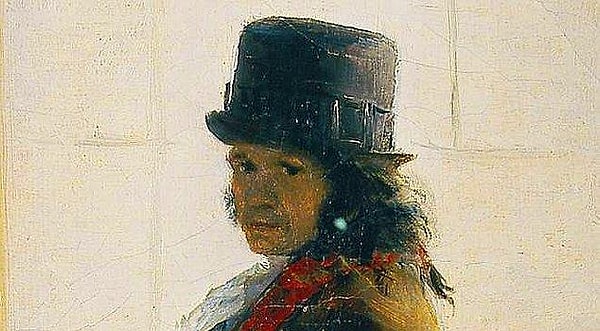
Goya is a mysterious, religious, very difficult to define and understand painter who was unrivaled in his time. He is one of the most complicated painters in the history of art. Throughout his artistic life, he produced works in many different styles, from examples of eroticism to examples of horror. He produced important works both as an oil painter, engraver and fresco painter, and he constantly changed and developed throughout his life...
19. ÉDOUARD MANET, FRANCE, (1832-1883)
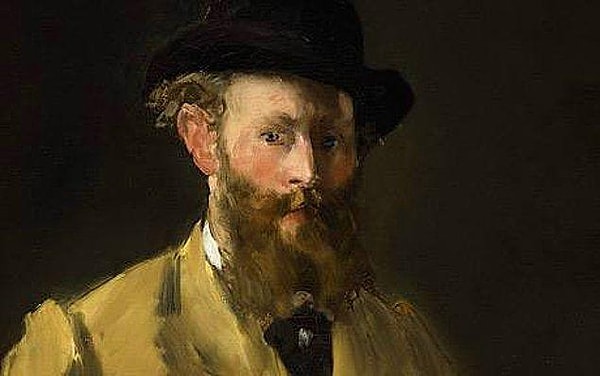
Manet was one of the pioneers of Impressionist art. His works such as 'Olympia' or 'Déjeuner sur l'Herbe' caused great controversy.
20. EL GRECO, GREECE, (1541-1614)
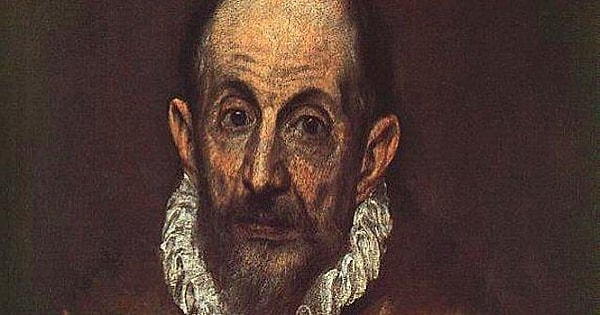
Born in Crete and spending most of his life in Spain, El Greco was one of the most original and influential painters of his time, influencing Impressionist painters 300 years later. His personality and works inspired literary figures such as Rainer Maria Rilke and Nikos Kazancakis.
The painters discussed in this article have had a significant impact on the development of art history. From the revolutionary techniques of the Impressionists to the emotive and expressive works, these artists have left a lasting legacy on the art world. Their contributions have not only influenced the direction of art, but have also impacted society and culture in countless ways.
What are your opinions about these artists? Or your favorite works of theirs? Let us know in the comments!
Keşfet ile ziyaret ettiğin tüm kategorileri tek akışta gör!


Send Comment